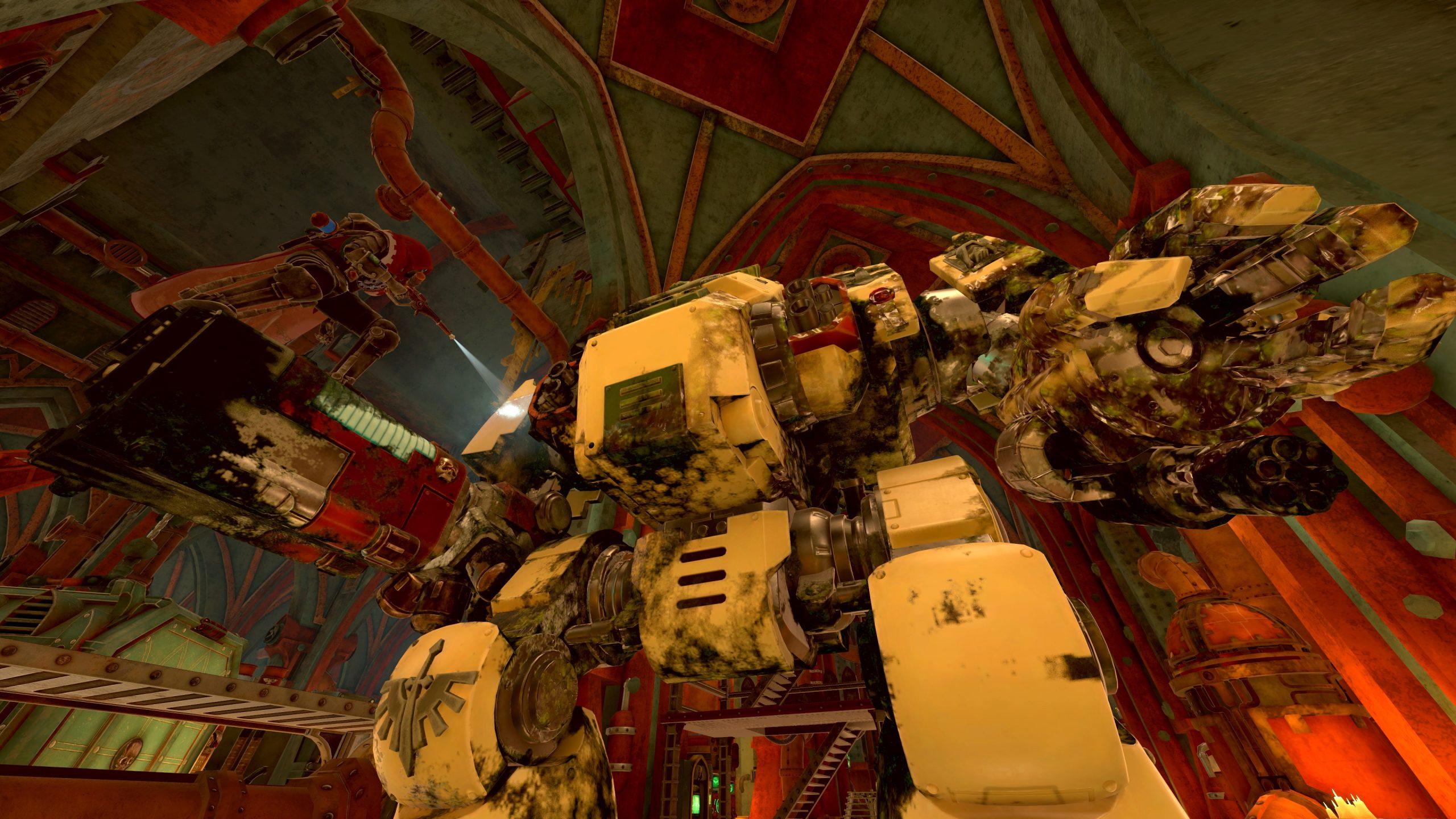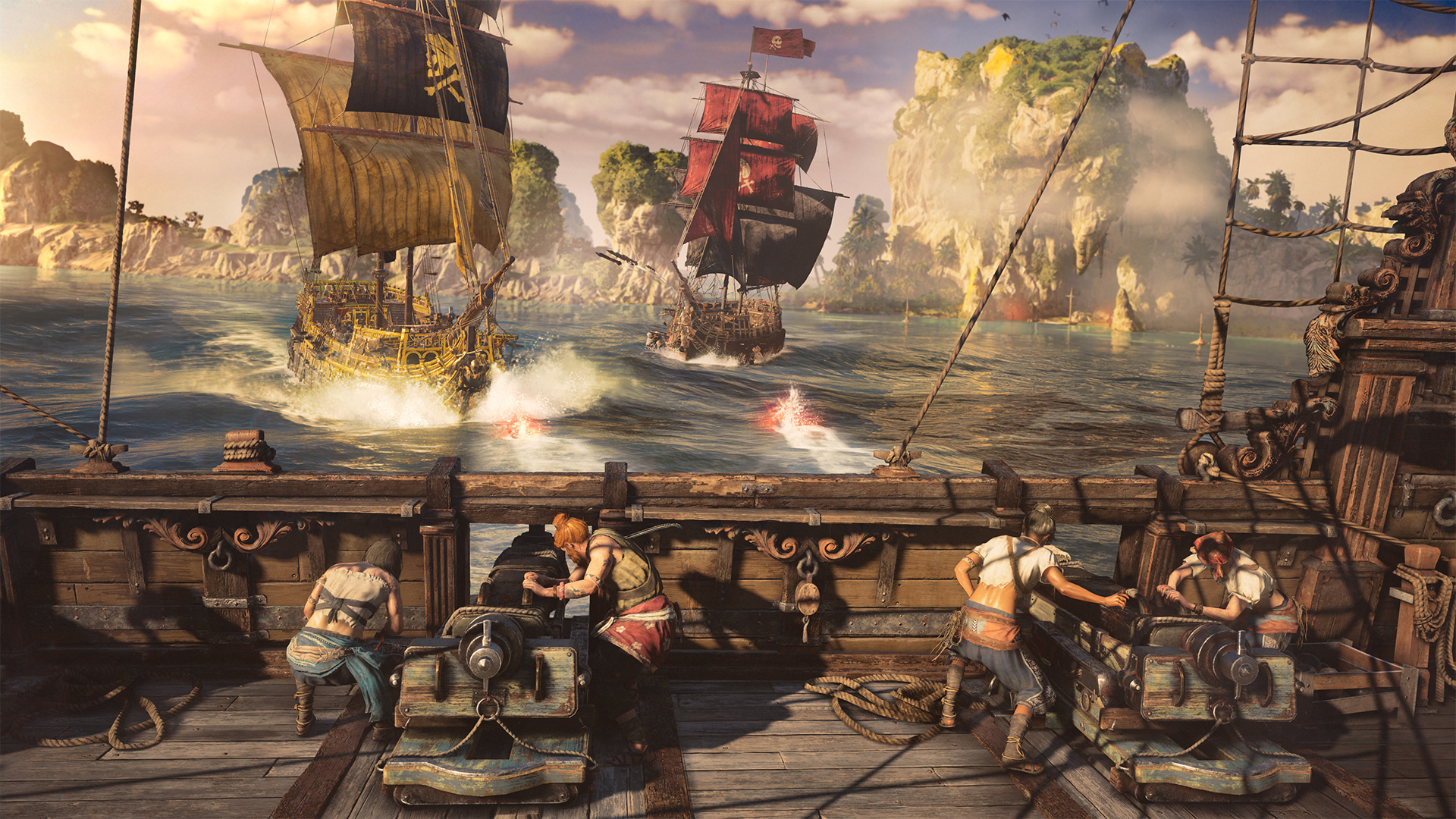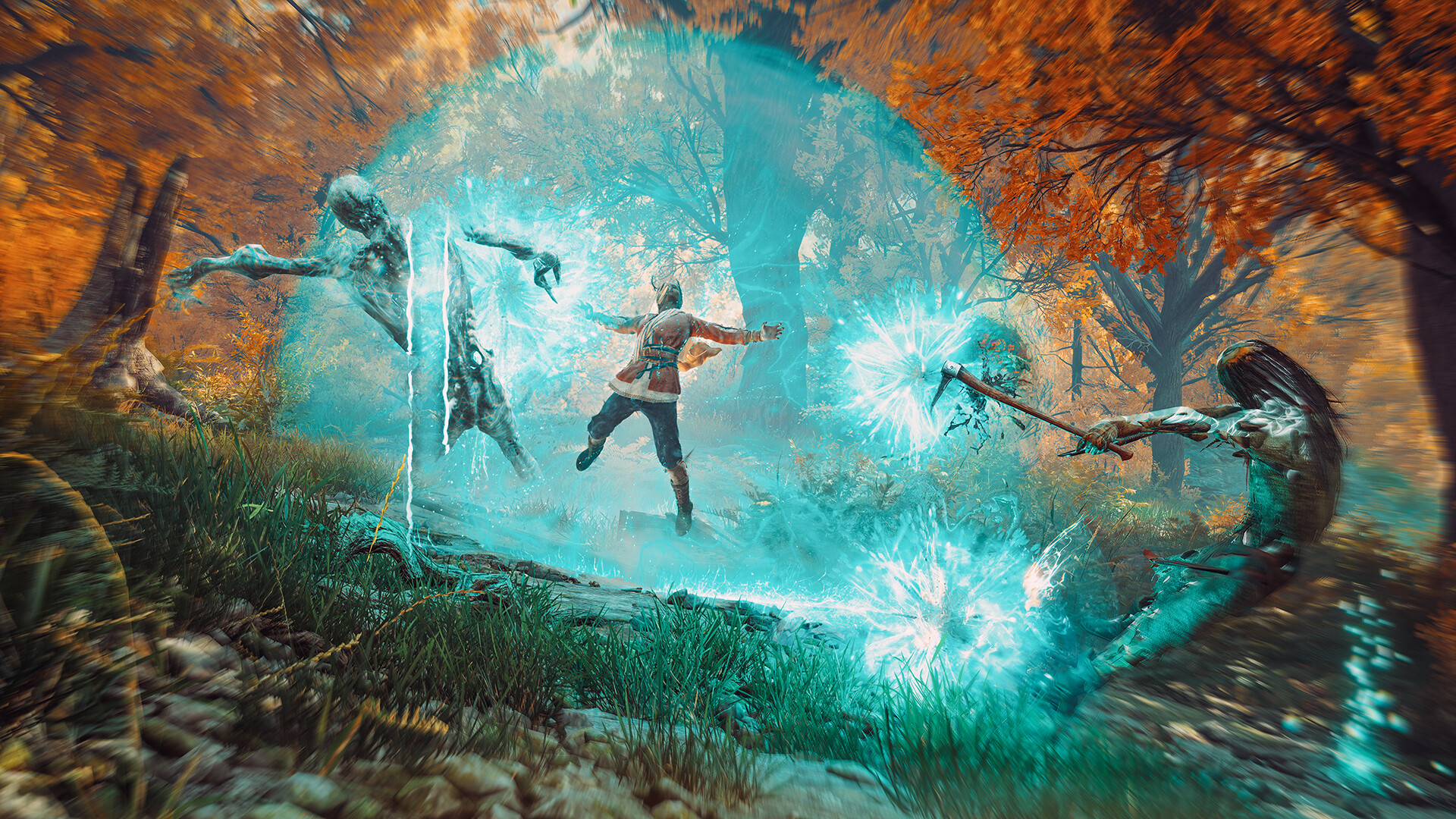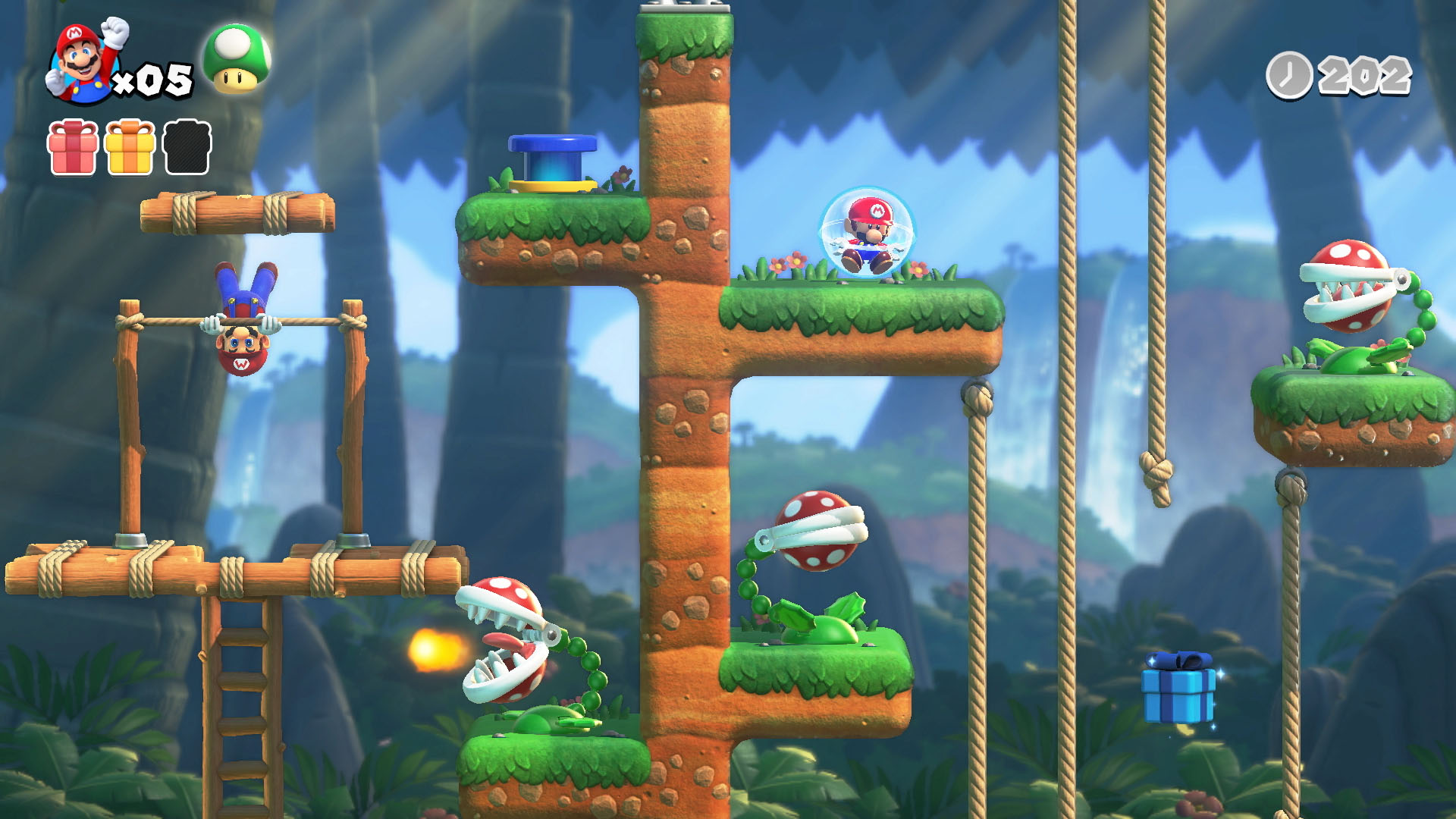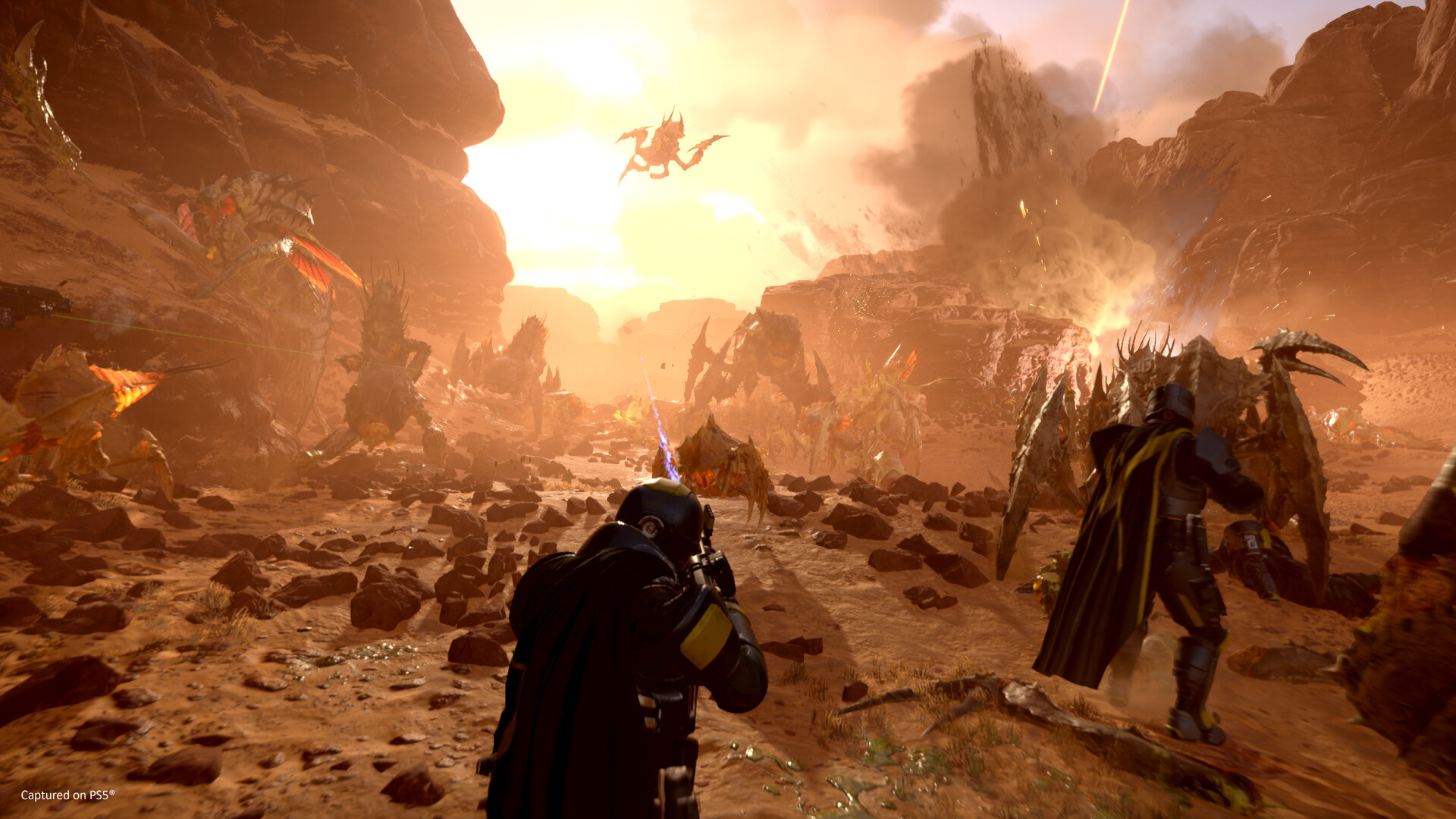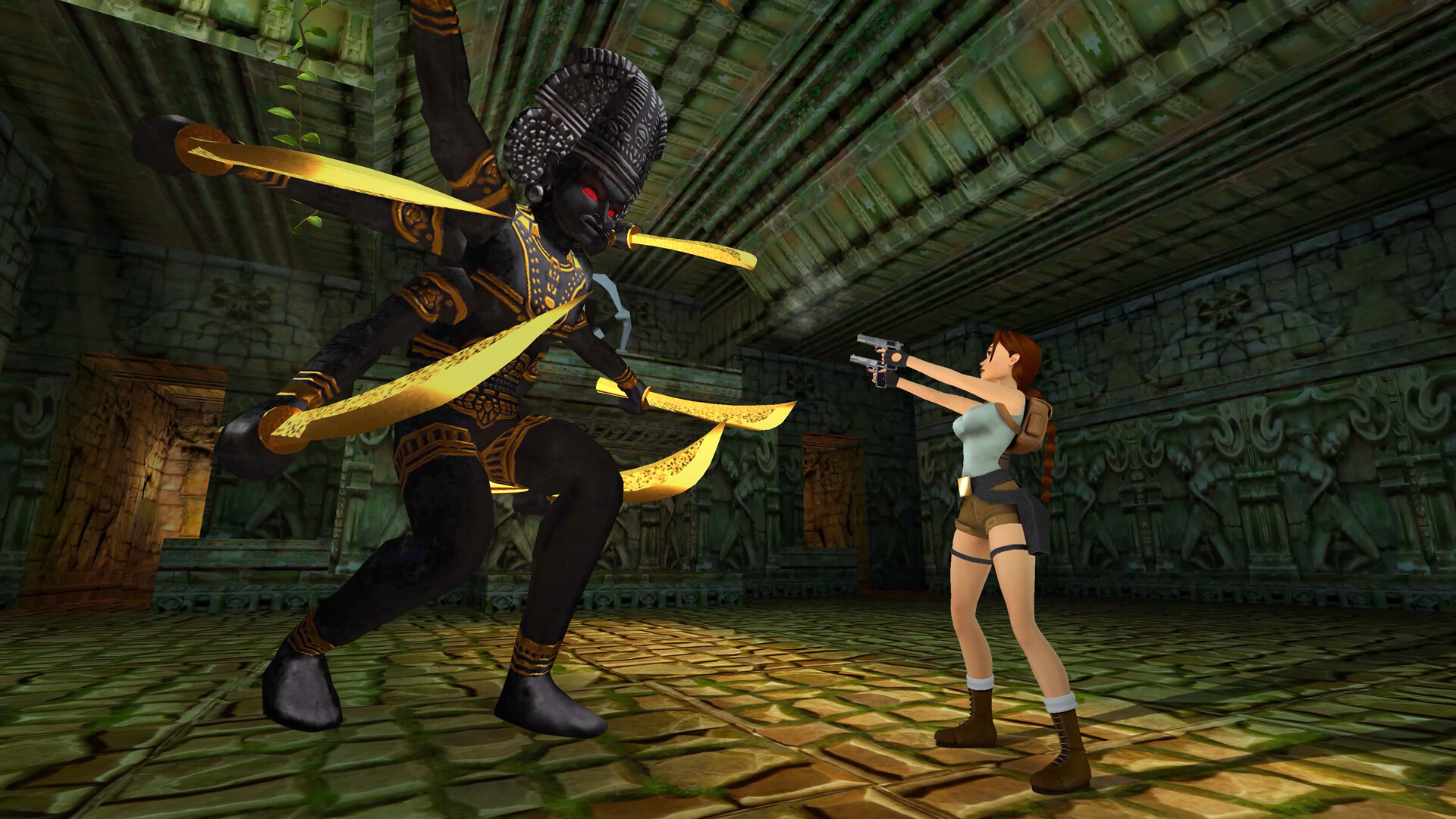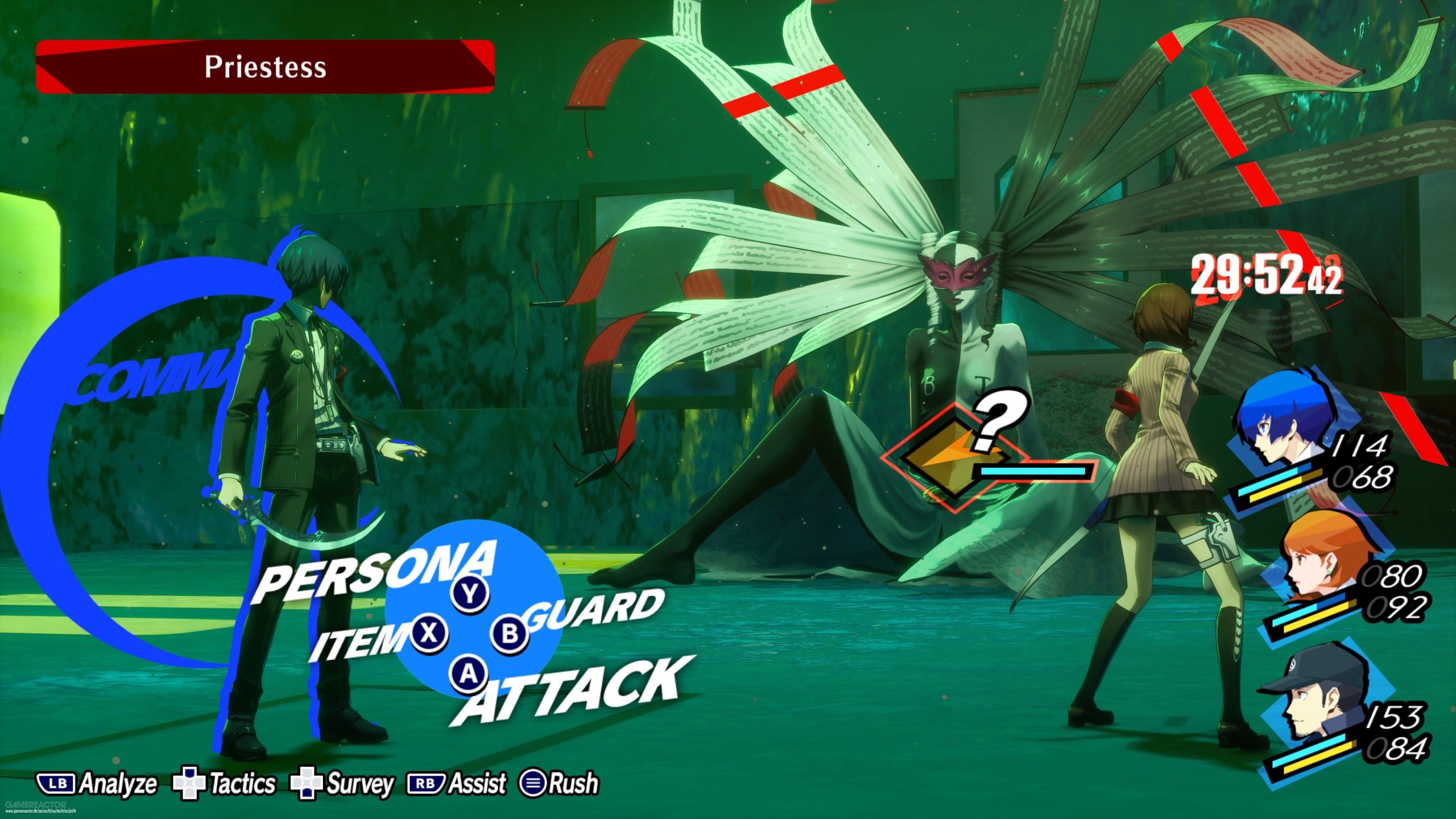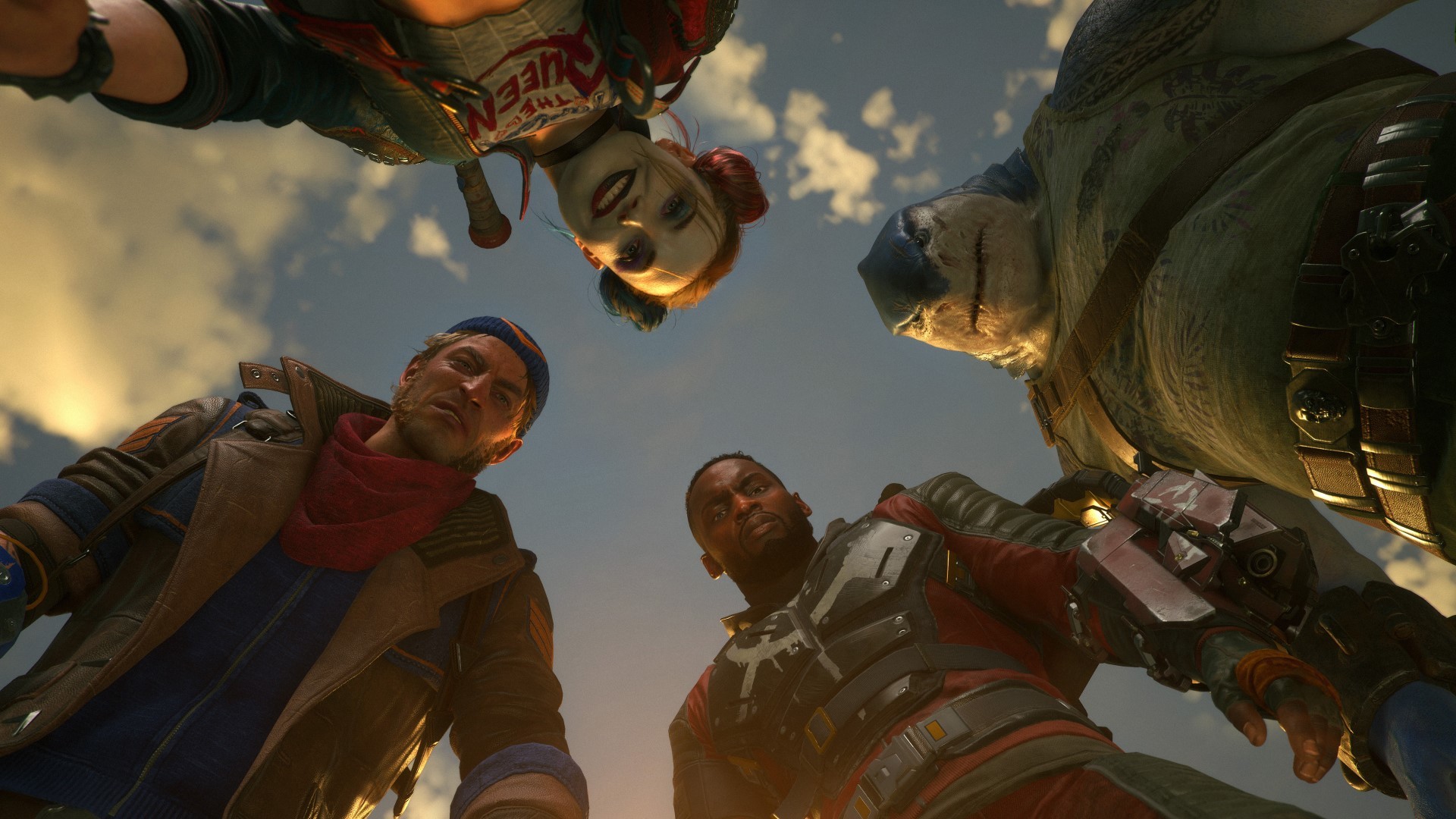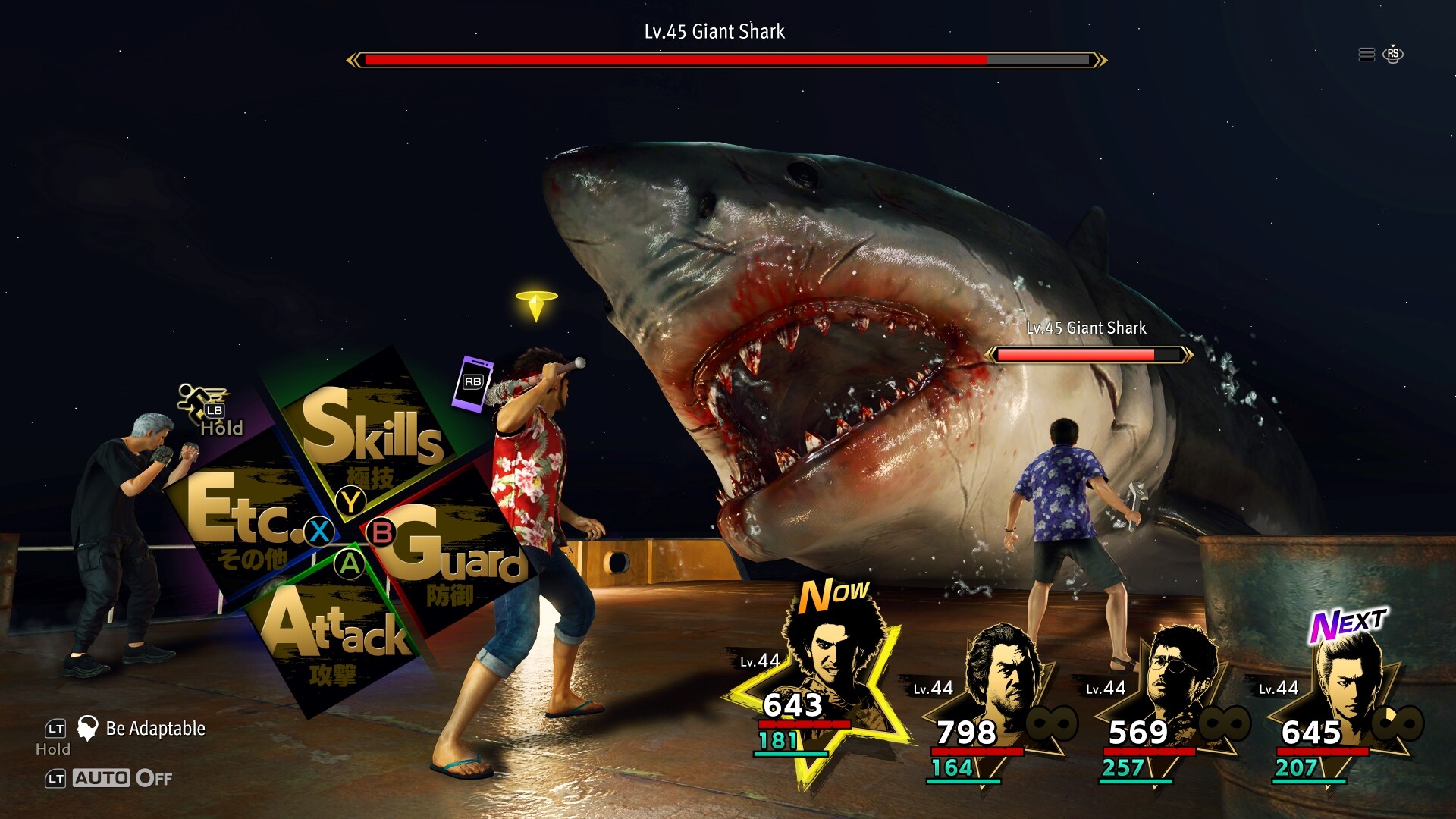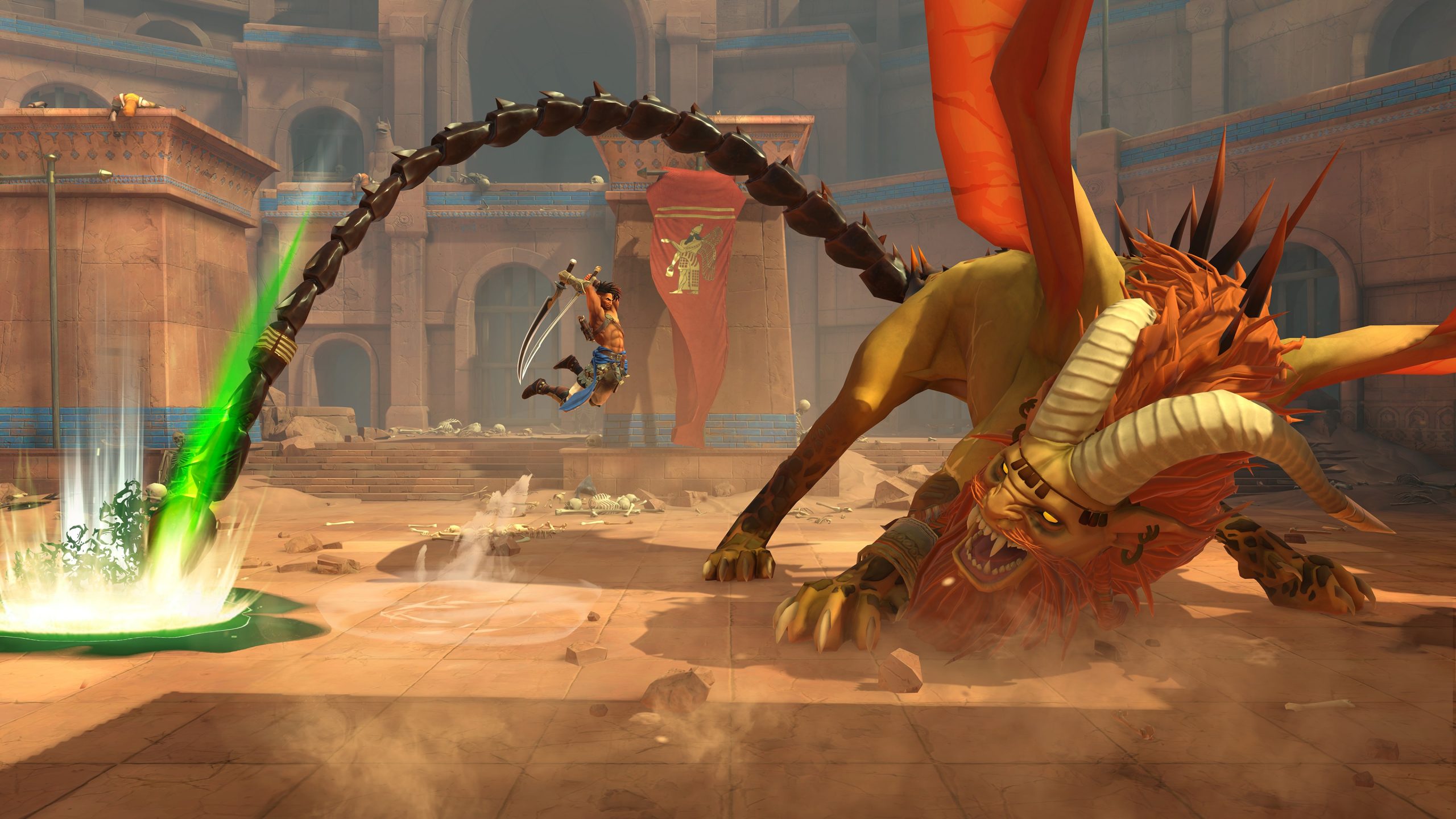PLATFORM: META QUEST, PC, PS4/5, SWITCH, XBOX ONE/SERIES (REVIEWED) | RELEASE DATE: OUT NOW
PowerWash Simulator seems to have been going from strength to strength since it first appeared in summer 2022. One of those games that does exactly what its name suggests, it allows players to step into the shoes of a professional powerwasher who is equipped with a variety of nozzles and cleaning fluids and tasked with blitzing the dirt from all manner of objects, vehicles and buildings. Other than deciding which size of nozzle you prefer and occasionally adding an extension pole to really get into those hard-to-reach areas, there’s very little else to it other than spraying your high-powered jet of water around until every last surface is sparkly clean. It might sound ridiculous, but it’s one of the most relaxing games of recent years, and the satisfying *ding!* sound effect that accompanies each successfully-cleaned item really is incredibly addictive.
“Why on earth is STARBURST telling me about this nonsense?” you may well be asking yourself. Partly it’s because the game is fantastic (especially if you’re the sort of person who likes everything to be “just so”), partly it’s because it fits with the weird culty stuff that we like to bring attention to around these parts, and partly it’s because of the various DLC packs that have been released over the last 18 months, several of which are very much within STARBURST‘s wheelhouse. The base game asks you to clean everyday things like cars, boats, a back garden, a tree house and a fire station, but a host of downloadable content (both free and paid) has added familiar items and locations from Final Fantasy, Tomb Raider, SpongeBob SquarePants and Back To The Future, including such delights as Lara Croft’s Manor and obstacle course, Conch Street and The Krusty Krab, and Doc Brown’s van, the DeLorean, and the Holomax Theater, amongst others.
PowerWash Simulator‘s latest addition takes us from the streets of Muckingham to the Indomitus Crusade for a Warhammer 40,000 pack that brings five new jobs to the game, allowing players to hose down an Ultramarines Land Raider, Dark Angels Deathwing Redemptor Dreadnought, Astra Militarum Rogal Dorn Tank, House Hawkshroud Imperial Knight and a Blood Angels Thunderhawk. Each has been covered with dirt from relentless galaxy-spanning warfare, and your services are required to bring them back to their former glory. There’s even an all-new Adeptus Mechanicus character model to play as, and a new MKII Aqua-Santica Arquebus power washer (complete with a soothing mechanical purr-like sound effect) to get to grips with! As always, there are plenty of mildly irritating nooks and crannies to get stuck into, but finding the final elusive bits of grime on each individual part is half of the game’s appeal. Some jobs will take longer to complete than others, but you’re easily looking at a good 5 or 6 hours to finish every job in the pack. If this is your first time hearing about PowerWash Simulator, the base game plus DLC now consists of more than 70 jobs with at least 120 hours’ worth of excitement. It does sound ridiculous, but honestly, it’s one of the most soothing and relaxing experiences you can possibly have in a videogame!


